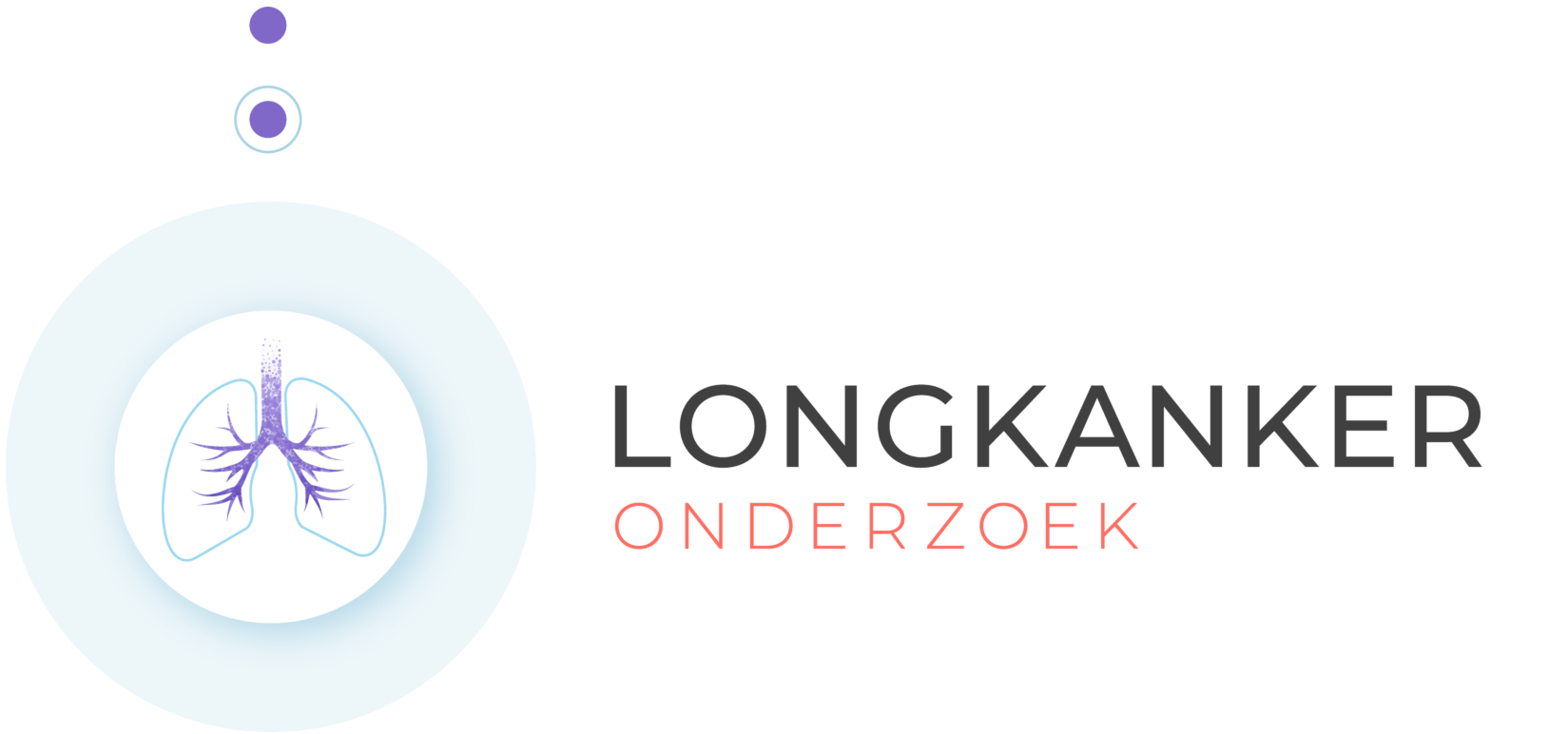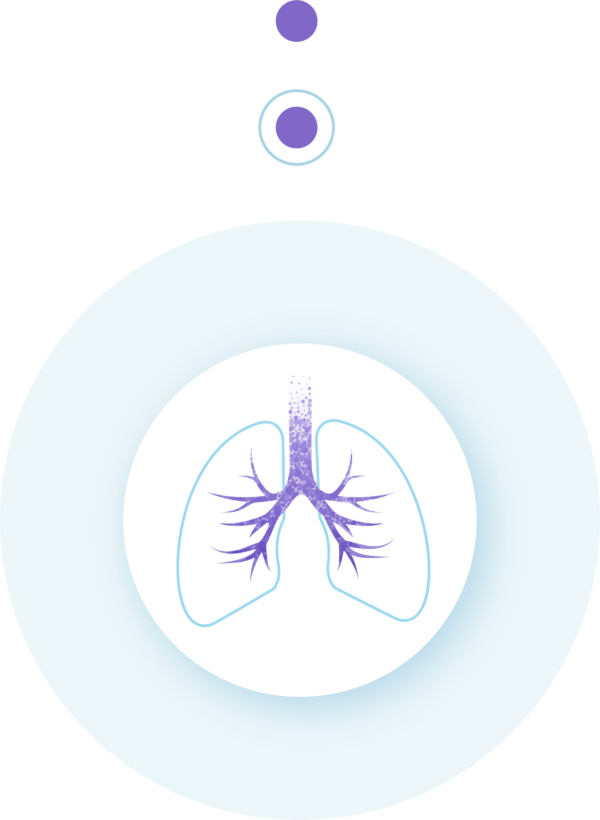| Key inclusion criteria |
For full version, see protocol:
- Histologically or cytologically confirmed squamous or non-squamous NSCLC
- Tumor demonstrates high PD-L1 expression based on an IHC pharmDx 22C3 (TPS ≥50%) or SP263 (TC ≥50%) IHC clinical assay approved/cleared by local health authorities and in a laboratory compliant with national provisions; this can be obtained from available results, or from archival or fresh tumor tissue for measurement of PD-L1 expression at a local or central laboratory.
Note: If central laboratory testing is used for eligibility, send 10 unstained formalin-fixed paraffin embedded (FFPE) serial 4-5 μm thick slides. If local laboratory testing is used for eligibility, 5-7 unstained slides must be provided to the central laboratory upon request for future companion diagnostic development.
Importantly, for patients who fail screening on the basis of local PD-L1 testing (ie, PD-L1 <50%), the site will also need to send 5-7 unstained slides to the central laboratory upon request.
- At least one measurable noncerebral lesion according to RECIST v1.1. Target lesions situated in a previously irradiated area are considered measurable if progression has been demonstrated in such lesions since radiotherapy.
- No prior systemic treatment for metastatic NSCLC. Patients receiving adjuvant or neoadjuvant chemotherapy or curative-intent chemoradiotherapy and/orprogrammed cell death-1 (PD-1)/PD-L1 (PD-1/L1) inhibitors are eligible if the adjuvant/neoadjuvant therapy was completed at least 6 months prior to the development of metastatic disease.
- Adequate organ function:
|
| Key exclusion criteria |
- Histologic or cytopathologic evidence of the presence of small cell lung carcinoma.
- Known actionable genomic alterations (EGFR, ALK, ROS1, and BRAF V600E) for which first-line approved therapies are indicated. For patients with non-squamous histology, actionable driver mutation testing results are required before randomization.
- Has received any prior therapy for NSCLC in the metastatic setting
Note: Local radiation therapy (plus/minus corticosteroids) for central nervous system (CNS) or bone metastases is allowed.
- Concurrent enrollment in another clinical study, unless patient is enrolled in a non-interventional clinical study or is completing survival follow-up.
- Imaging during the screening period shows that the patient has:
a. Radiologically documented evidence of major blood vessel invasion (central pulmonary artery, central pulmonary veins, aorta, brachiocephalic artery, common carotid artery, subclavian artery, superior vena cava) or tumor invading organs (heart, trachea, esophagus, central bronchi [not including segmental bronchi]) or if there is a risk of esophagotracheal or esophagopleural fistula in the opinion of the investigator.
b. Radiographic evidence of major blood vessel encasement with narrowing of the vessel or intratumor lung cavitation or necrosis that the investigator determines will pose a significantly increased risk of bleeding.
- Symptomatic CNS metastases, CNS metastases with hemorrhagic features, CNS metastasis ≥ 1.5 cm, CNS radiation within 7 days prior to randomization, potential need for CNS radiation within the first cycle, or leptomeningeal disease.
Note: Patients must have stopped corticosteroids or be on physiologic corticosteroid replacement therapy (prednisone ≤ 10 mg daily or equivalent).
Past medical history and comorbidities:
- Other prior malignancy (including previously treated NSCLC) unless the patient has undergone curative therapy with no evidence of recurrence of the disease for 3 years prior to randomization.
The following malignancies will be allowed without the 3-year interval after adequate treatment: basal cell or squamous cell carcinoma of skin, superficial bladder cancer, in situ cervical cancer, other in situ cancers, prostate cancer that does not need therapy, or other local tumors that are considered cured.
- Active autoimmune or lung disease requiring systemic therapy (eg, with disease modifying drugs, prednisone >10 mg daily or equivalent, immunosuppressant therapy) within 2 years prior to randomization, however the following will be
allowed:
- Replacement therapy (eg, thyroxine, insulin, or physiologic corticosteroid replacement therapy for adrenal or pituitary insufficiency) is permitted.
- Intermittent use of bronchodilators, inhaled corticosteroids, or local corticosteroid injections is permitted.
- History of major diseases before randomization, specifically:
a. Unstable angina, myocardial infarction, congestive heart failure (New York Heart Association [NYHA] classification ≥ Grade 2) or unstable vascular disease (eg, aortic aneurysm at risk of rupture, moyamoya disease) that required hospitalization within 12 months prior to randomization, or other cardiac impairment that may affect the safety evaluation of the study drug (eg, poorly
controlled arrhythmias, myocardial ischemia)
b. History of esophageal gastric varices, severe ulcers, wounds that do not heal, abdominal fistula, intra-abdominal abscesses, or acute gastrointestinal bleeding within 6 months before randomization
c. History of any grade arterial thromboembolic event, Grade 3 or above venous thromboembolic event as specified in National Cancer Institute (NCI) Common Terminology Criteria for Adverse Events (CTCAE) version 5.0, transient ischemic attack, cerebrovascular accident, hypertensive crisis, or hypertensive encephalopathy within 12 months prior to randomization
d. Acute exacerbation of chronic obstructive pulmonary disease within 4 weeks before randomization
e. History of perforation of the gastrointestinal tract and/or fistula, history of gastrointestinal obstruction (including incomplete intestinal obstruction requiring parenteral nutrition), extensive bowel resection (partial colectomy or extensive small bowel resection) within 6 months prior to randomization
- Patients with >30 Gy of chest radiation therapy within 6 months prior to randomization; non-thoracic radiation therapy > 30 Gy within 4 weeks prior to randomization, or palliative radiation therapy of ≤ 30 Gy within 7 days prior to randomization
- Has pre-existing peripheral neuropathy that is ≥ Grade 2 by CTCAE version 5
- Poorly controlled hypertension with repeated systolic blood pressure ≥ 150 mmHg or diastolic blood pressure ≥ 100 mmHg after oral antihypertensive therapy
- Uncontrolled pleural effusions, pericardial effusions, or ascites that is clinically symptomatic
Note: Patients managed with indwelling catheters (eg, PleurX) are allowed.
- History of noninfectious pneumonia requiring systemic corticosteroids, or current interstitial lung disease
- Active or prior history of inflammatory bowel disease (eg, Crohn’s disease, ulcerative colitis, or chronic diarrhea)
- Known history of human immunodeficiency virus (HIV) whose viral load is not controlled.
- Current use of systemic corticosteroids (>10 mg daily prednisone or equivalent
|




